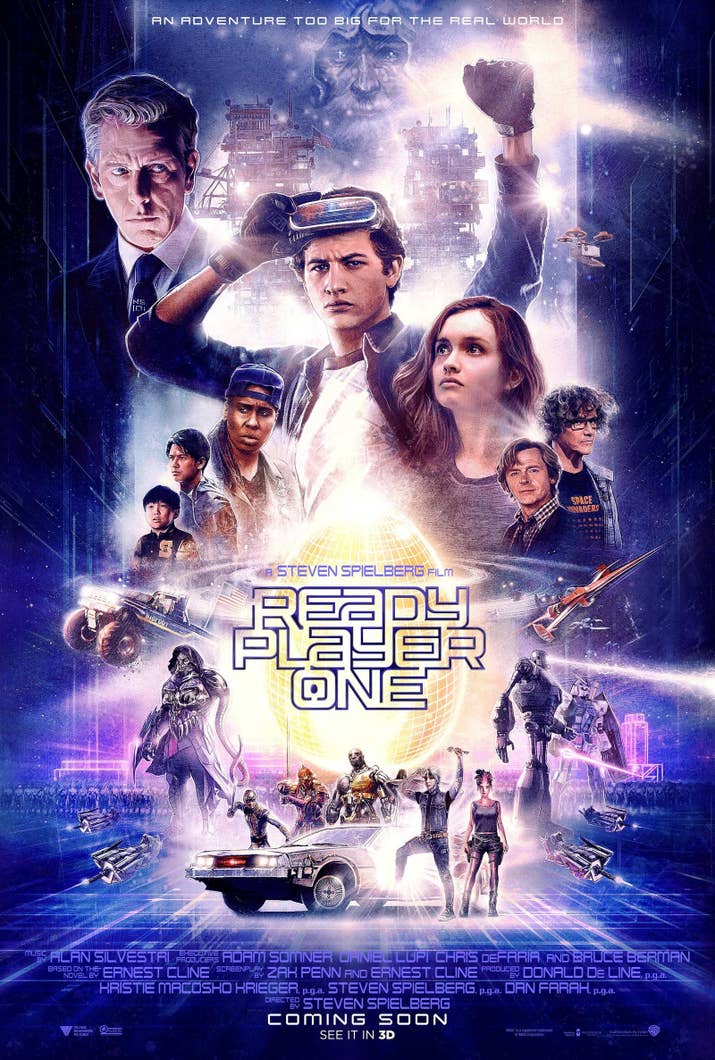The Silent Greats of the 1920s worked with the language of faces and bodies, the language of light and shadow, telling stories by showing them with moving pictures. The passage of time now seems to indicate the novelty of computer animation, in spite of the ability to often fool the eye, in fact impairs filmmaking, impairs storytelling inventiveness. Computer-generated effects may be likened to anabolic steroids, which initially seem a powerful aid, but which inevitably lead to dependency and depletion.
Metropolis (1927), directed by Fritz Lang, reminds us it is better to create a financially unsuccessful masterpiece than to churn financially successful schlock. A film far ahead of its time, Metropolis went effectively unrecognized by the public for years, yet it tops a short list of the most influential movies ever made.
From The Bride of Frankenstein to The Terminator, Modern Times to Blade Runner, Star Wars to V For Vendetta, the vast cinematic shadow cast by Metropolis uniquely inspires movie images and themes spanning nearly a century.
It's a story about haves and have nots, the minority rich and the majority poor. It's a story about humanity in the industrial future told at the dawn of fascism.
The story of Metropolis also concerns the now-timely issue of robots replacing workers. It is not, however, the first great film to deal with the subject of artificial life. That distinction belongs to another German filmmaker, Paul Wegener, who wrote, directed, and starred in The Golem: How He Came Into Being (1920).
Ostensibly created in order to defend the Jewish quarter in Medieval Prague (the very word "robot" is Czech for "worker slave"), the real function of the Golem is to usurp from women the power of giving birth. This was not Wegener's first film featuring the character from Jewish legend. Two less-polished works made during WWI precede.
Wegener's early Expressionist movie influenced other German filmmakers--notably Fritz Lang--and also Hollywood. Often mistakenly called a "Jewish Frankenstein" story, actually James Whale's 1931 film starring Boris Karloff is closer to a Hollywood version of The Golem. Which accounts for Whale's work bearing so little resemblance to the novel by Mary Shelley.
Author Thea Von Harbou, who penned all of Fritz Lang's scripts during his most productive period for over a dozen years, wrote about the disconnect between the Head which devises automated advancements and the Hands which operate such systems. Technological efficiency alone is not itself progress. Between the two there must be mediation, and this Von Harbou calls Heart.
Brigitte Helm, who had minimal movie experience before being cast as the star of the film, plays more characters in Metropolis than Peter Sellers does in Dr. Strangelove (1964) and plays all of them exceptionally well. The most visually striking character she plays is that of the Machine-Man. (Though it is called a man, it resembles a woman.)
The product of an inventor named Rotwang, the Machine-Man is made to resemble Maria (Helm), the leader of a (literally) underground rebellion for one sole purpose: to trick the majority working poor, like a ringer from the inside, and destroy all hope for mediation.
The artificial Maria, who looks exactly like the real thing but acts nothing like her, excites the suckered masses and whips them into a frenzy specifically to "let those in the depths use force and do wrong" in order to in turn justify the authoritarian use of force against them.
At times the masterpiece of German Expressionist film reads like a playbook of 21st-Century politics.
Depending on one's aesthetic, Metropolis may well be the most visually striking movie ever made. The restored version on DVD is jaw-droppingly clear, pristine, simply incredible to behold. Packed with fantastically imaginative architecture monumental in every respect, Metropolis amazes the senses with pure inventive filmmaking.
The monocle-capped eye of the visionary filmmaker, like a camera lens growing out of Lang's head, created the indelible images of a non-verbal experience essential to greatness in the medium. That today this art is largely lost due to the focus on CG effects for the sake of CG effects should be a matter of some concern.
Stewart Kirby writes for
THE INDEPENDENT
and
TWO RIVERS TRIBUNE










